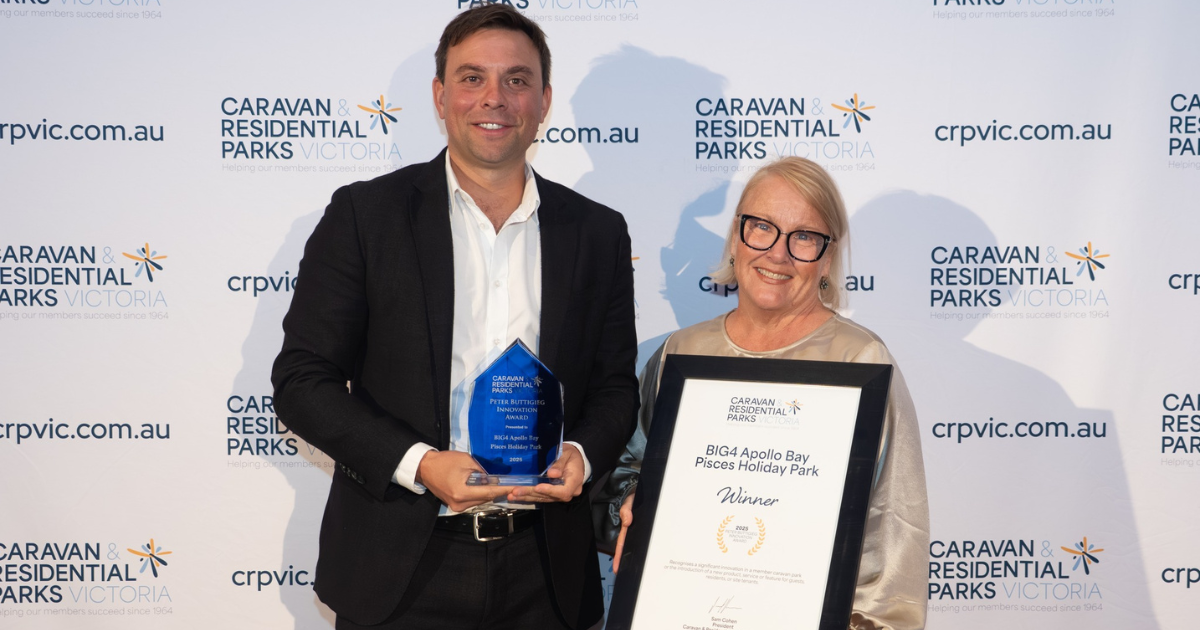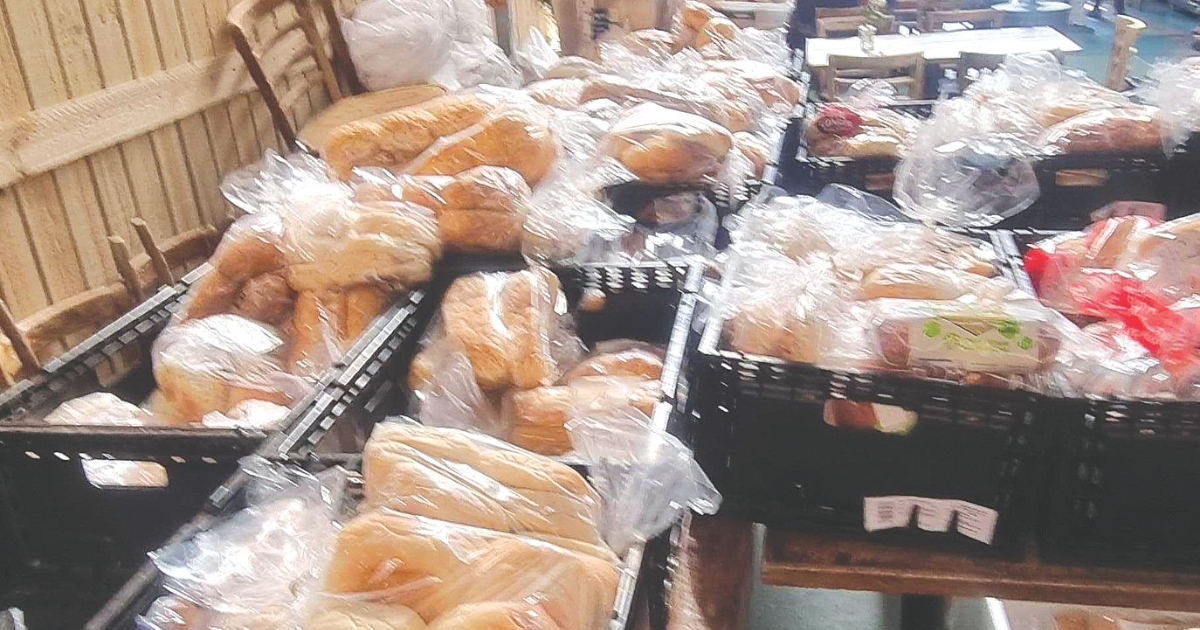Lorne hosts meeting of minds
IN THE mid-Seventies, the University of Melbourne’s Biochemistry Department decided to temporarily eschew the city lights to exercise their minds in a more natural setting.
The first edition of what would eventually become known as the “Lorne Meetings” drew about 30 guests. They settled on Erskine House as the location to hold the inaugural Lorne Protein Meeting.
Despite some initial skepticism, the Australian Society for Biochemistry and Molecular Biology were eventually persuaded the seachange was worth investing in, and donated 50 per of the costs for the meeting the following year.
The ASBMB’s faith was rewarded, as the meeting quickly grew in size and scope.
University of Melbourne Professor Bruce Kemp attended the second Lorne Meeting and has been at every one since.
He said the meeting provided people with a chance to share ideas and innovations.
“People from a diversity of interests, biochemists, zoologists, biologists, physiologists, would go to this meeting and compare notes. There would be presentations on some of the fundamental aspects, particularly protein, chemistry and crystallography that were central to the disciplines.”
“If they had a problem and they wanted to get a new insight from a different technology, it would be a way of getting them started.”
Professor Robin Anders also first attended the meeting in its second edition.
He said scientists were fast to realise the value of having such a gathering.
“An indication of the regard in which the Lorne Meetings are held by the international biomedical research community is the number of attendees over the years who have won the Nobel Prize: Oliver Smithies, an American-British geneticist, attended the third Protein conference in 1978. Robert Huber, the eminent German biochemist, attended the Protein Conference in 1983, and then again in 1991 and 2002 after he won the Nobel Prize for Chemistry in 1988.”
The Lorne Meetings now attract more than 1,600 delegates annually, generating millions of dollars for the local economy. Several guest speakers from across the globe give talks at the event each year.

Much has changed to facilitate the program’s growth.
In recent years, the Cumberland Lorne Resort has taken over hosting the guests and the meetings are now divided into different groups to cater for different interests.
Five separate groups presently exist: the Proteins Structure and Function conference, the Genome Conference, the Lorne Cancer meeting, the Proteomics group and the Lorne Infection and Immunity group. All meet at Lorne in late summer over a period of about two weeks.
This year, the event was fortunate enough to be held to the introduction of restrictions surrounding the coronavirus.
The local community particularly benefited from this fortuitous timing, as ASN Events, who have helped organise the meetings since 2001, decided to donate a dollar for every delegate who attended the conference to the Lorne CFA.
This showing of appreciation to the area and its residents from the event was subsequently matched by the Cumberland Lorne Resort. Together they raised $5,516 for the local brigade.
Professor Anders said the meetings greatly benefited the scientific community, too.
“As much as the Lorne conferences have contributed to the local businesses and community, the contribution they have made to world understanding of biomedical sciences cannot be overstated.
“Each year, many of the leading biomedical researchers in Australia and numerous eminent scientists from other countries attend one of the Lorne Conferences, where they present the latest advances in protein, proteomics, cancer, genomics or infection and immunity research.”
Professor Kemp also emphasised the meetings’ contributions to different scientific fields.
“I just think they’ve been invaluable for researchers to get to know new techniques that they can apply to their particular problem and has attracted worldwide interest.”


















